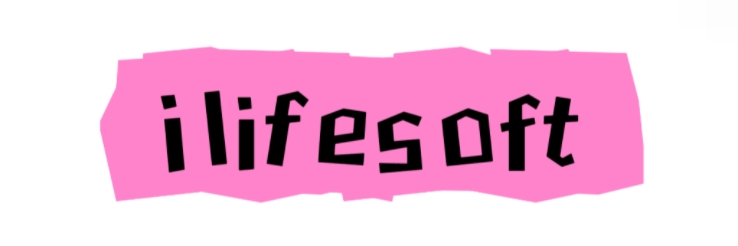Weft Knit vs Warp Knit: Key Differences Explained 2024
Link to Manywell
When it comes to knitted fabrics, understanding the differences between weft knit vs warp knit is crucial for anyone interested in textile design or garment manufacturing. Both types of knitting bring unique attributes and uses, making them suitable for a range of projects. In this post, we’ll explore the details of each knitting technique and point out their major differences.
Understanding Knitting Techniques
What is Weft Knitting?
Weft knitting refers to the technique of knitting yarns horizontally across the fabric. This can be achieved through either hand knitting or machine knitting.
Key Features of Weft Knitting:
- Direction of Stitch Formation: Stitches are created in rows from one side to the other.
- Common Fabrics Produced: Jerseys, ribs, and purl fabrics.
- Stretchability: Generally more elastic and stretchy, which is great for fitted clothing like t-shirts and sweaters.
- Production Speed: Relatively quick to produce, making it suitable for high-volume manufacturing.
What is Warp Knitting?
In contrast, warp knitting is defined by the vertical arrangement of yarns. In this method, multiple yarns are simultaneously used, running parallel to the fabric's length.
Key Features of Warp Knitting:
- Direction of Stitch Formation: Stitches are formed vertically, providing added strength and durability.
- Common Fabrics Produced: Lace, tricot, and raschel fabrics.
- Stretchability: Tends to be less stretchable in comparison to weft knit, offering a more stable structure.
- Production Speed: Generally slower, but capable of producing more intricate patterns.
Weft Knit vs Warp Knit: Key Differences
| Feature | Weft Knit | Warp Knit |
|---|---|---|
| Stitch Direction | Horizontal | Vertical |
| Fabric Stretchability | High | Low |
| Common Uses | T-shirts, sweaters | Lingerie, lace, technical fabrics |
| Production Speed | Faster | Slower |
| Complexity of Patterns | Simpler designs | More complex designs |
| Stability | More prone to unraveling | More stable and durable |
Advantages and Disadvantages
Weft Knit Advantages:
- Comfort: Soft and flexible, ideal for casual wear.
- Versatility: Works well for a broad array of garments.
Weft Knit Disadvantages:
- Durability: May not withstand heavy wear as effectively as warp knitted fabrics.
Warp Knit Advantages:
- Durability: Stronger and more resistant to stretching.
- Complex Patterns: Capable of intricate designs.
Warp Knit Disadvantages:
- Comfort: Less flexibility may reduce comfort for certain clothing items.
- Production Cost: Generally more costly due to the complexity involved in production.
Common Confusions and Practical Solutions
- Choosing the Right Fabric: When selecting fabrics, prioritize the intended use. Opt for weft knit for flexibility and comfort, while warp knit is better for durability and strength.
- Repairing Knitted Fabrics: For weft knitted fabrics, unraveling can make repairs difficult. Implement lock stitch techniques for seam security. Repairs in warp knitted fabrics are usually simpler due to their stability.
- Understanding Stretch: To prevent sagging in weft knit garments, consider adding ribbing or elastic. In warp knit, allow for some ease in patterns to maintain comfort while ensuring stability.
Conclusion
The discussion surrounding weft knit vs warp knit remains significant in the fashion world as designers select the most suitable method for their projects. A proper understanding of the differences, benefits, and applications of each knitting style will enable you to make informed decisions whether you are a designer, manufacturer, or hobbyist. Whether you prefer the comfort offered by weft knits or the durability that comes from warp knits, each has its distinct role in the realm of textiles.
For more insights on knitting techniques, consider subscribing to our blog for updates on the latest in fabric technology and design trends!
375
0
0


Comments
All Comments (0)